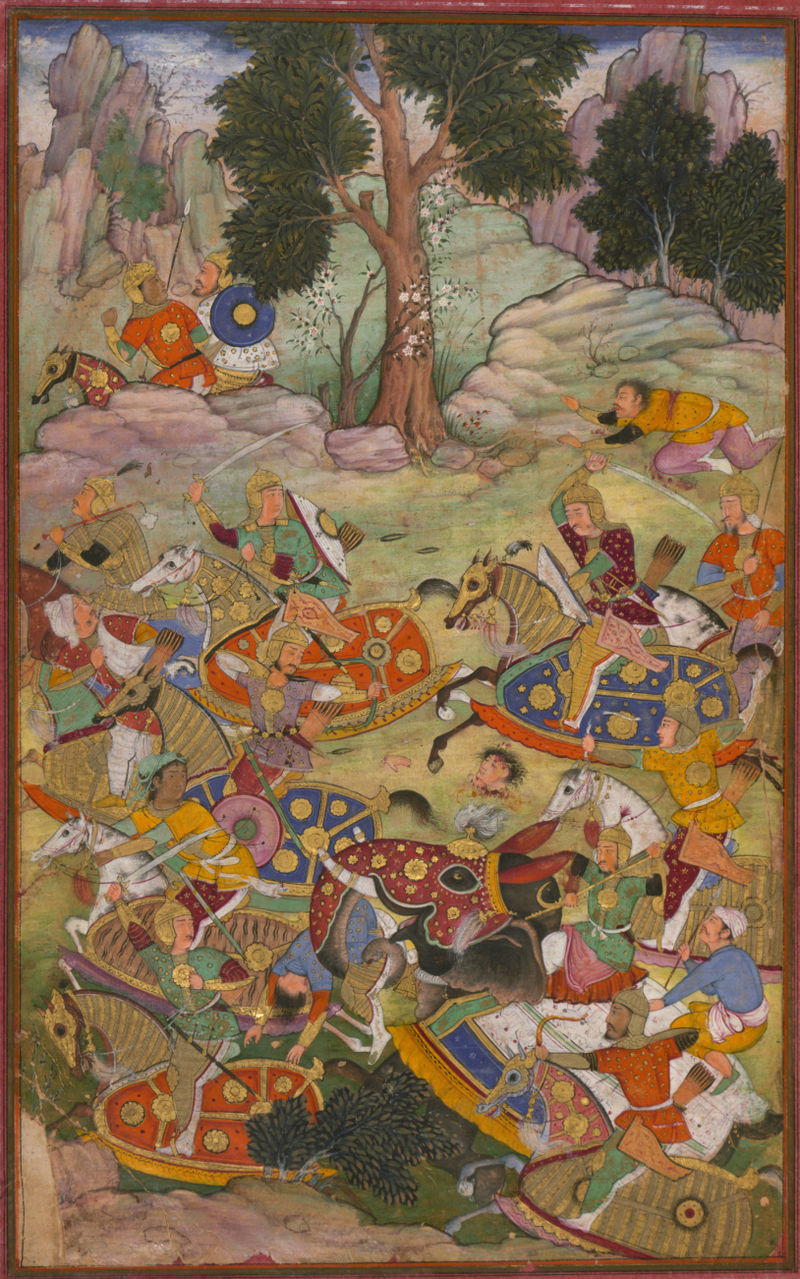These are the words of the world's most influential and powerful figure, Vladimir Putin, the president of a Russian federation and former KGB Head. After the collapse of USSR, Putin is the most successful and popular politician in the country. In the post-soviet era, he led the crunching state through difficult times and managed to stabilise the crumbling economy of the humungous state. Under his rule, Russia emerged as 2nd most powerful country and dreams to regain the old glory back."Whoever does not miss the Soviet Union has no heart. Whoever wants it back has no brain"
Putin was born on 7th October 1952, in Leningrad. Putin's mother was a factory worker and his father was a conscript in the Soviet Navy, serving in the submarine fleet in the early 1930s. At the age of 12, Putin began to practice sambo and judo. He wished to emulate the intelligence officer characters played on the Soviet screen. He studied German at Saint Petersburg High School and speaks fluent German.
Putin studied law at the Saint Petersburg State University in 1970 and graduated in 1975. Putin's thesis was on 'The Most Favored Nation Trading Principle in International Law'. While there, Putin was required to join the Communist Party of the Soviet Union and remained a member until December 1991. Putin met Anatoly Sobchak, an Assistant Professor who taught Business Law (khozyaystvennoye pravo) and was influential in Putin's career.
In 1975, Putin joined the KGB. From 1985 to 1990, Putin served in Dresden, East Germany, using a cover identity as a translator. During 1990-1996 he served as head of the Committee for External Relations of the Saint Petersburg Mayor's Office. His Moscow career began as Deputy Chief of the Presidential Property Management Department. During his tenure, Putin was responsible for the foreign property of the state and organized transfer of the former assets of the Soviet Union and Communist Party to the Russian Federation. During his early Moscow career, he was appointed as deputy chief of Presidential Staff and later chief of Presidential Staff by Boris Yeltsin. On 9th August 1999, Vladimir Putin was appointed as one of the three First Deputy Prime Ministers, and later on, that day was appointed acting Prime Minister of the Government of the Russian Federation by President Yeltsin.Yeltsin also announced that he wanted to see Putin as his successor. Still later on that same day, Putin agreed to run for the presidency. On 31st December 1999, Yeltsin unexpectedly resigned and, according to the Constitution of Russia, Putin became Acting President of the Russian Federation,While his opponents had been preparing for an election in June 2000, Yeltsin's resignation resulted in the Presidential elections being held within three months, on 26 March 2000. Putin won in the first round with 53% of the vote.
During his first presidential term, the notable achievements were the alignment of oil giants with government and neutralising the threat of Chechen rebel movement through extreme measures. In 2003, a referendum was held in Chechnya, adopting a new constitution which declares that the Republic of Chechnya is a part of Russia. On the other hand, the region did acquire autonomy. He was reelected for the second term for period 2004-2008. Putin was barred from a third term by the Constitution. First Deputy Prime Minister Dmitry Medvedev was elected as his successor. On 4th March 2012, Putin won the 2012 Russian presidential elections in the first round, with 63.6% of the votes, despite the widespread accusations of vote-rigging. During this term, he is notoriously famous for attacking Ukraine and annexation of Crimea. As a result, several countries imposed sanctions on Russia. The economic development of Russia experienced a significant setback due to the sanctions and the concurrent fall in the world price of oil.
His relations with the West was somewhat sweet and bitter, Under Putin, Russia's relationships with NATO and the U.S. have passed through several stages. When he first became President, relations were cautious, but after the 9/11 attacks, Putin was quick to support the U.S. in the War against Terrorism and the opportunity for partnership appeared. However, the U.S. responded by further expansion of NATO to Russia's borders and by unilateral withdrawal from the 1972 Anti-Ballistic Missile Treaty. The relations worsened when Edward Snowden was given political asylum by Russia. Recently, o protect the interests of Russia in the Middle East and to maintain military dominance in the region, on request of the Syrian government, Russia intervened in the country to help it fighting jihadist and other externally backed anti-Assad groups.
 |
| Putin always wants himself to be projected as a tough guy and he always tries to maintain that image by flaunting his bear chested macho man activities. |
No doubt Putin is one of the greatest leaders of today's politics, his decisions will have a great effect on the future of the entire world.
- Paritosh Nene
References:
1. Wikipedia
2. Putin's Klyptocracy







